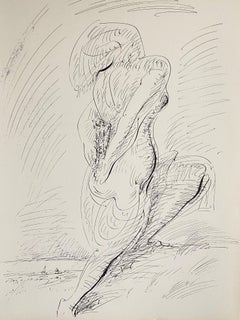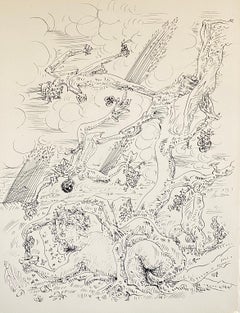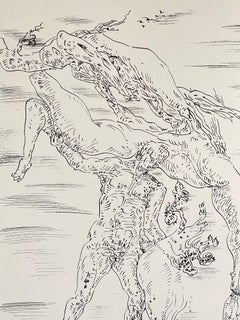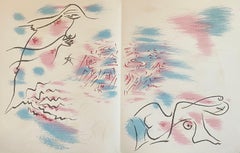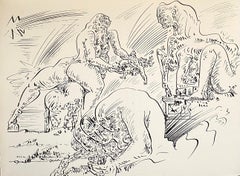Lions Gallery
20th Century Surrealist Abstract Prints
Lithograph
20th Century Surrealist Abstract Prints
Lithograph
20th Century Surrealist Abstract Prints
Lithograph
20th Century Surrealist Abstract Prints
Lithograph
20th Century Surrealist Abstract Prints
Lithograph
20th Century Surrealist Abstract Prints
Lithograph
20th Century Surrealist Abstract Prints
Lithograph
20th Century Surrealist Abstract Prints
Lithograph, Offset
20th Century Surrealist Abstract Prints
Lithograph, Offset
20th Century Surrealist Abstract Prints
Offset, Lithograph
20th Century Surrealist Abstract Prints
Lithograph, Offset
20th Century Surrealist Abstract Prints
Lithograph, Offset
20th Century Surrealist Abstract Prints
Lithograph, Offset
20th Century Surrealist Abstract Prints
Lithograph, Offset
20th Century Surrealist Abstract Prints
Lithograph, Offset
20th Century Surrealist Abstract Prints
Lithograph, Offset
20th Century Surrealist Figurative Prints
Etching, Aquatint
20th Century Surrealist Figurative Prints
Etching, Aquatint
20th Century Surrealist Figurative Prints
Etching, Aquatint
20th Century Surrealist Figurative Prints
Watercolor, Etching, Aquatint
20th Century Surrealist Figurative Prints
Aquatint, Watercolor, Etching
20th Century Surrealist Figurative Prints
Watercolor, Etching, Aquatint
20th Century Surrealist Figurative Prints
Watercolor, Etching, Aquatint
20th Century Surrealist Figurative Prints
Watercolor, Etching, Aquatint
20th Century Surrealist Figurative Prints
Etching, Aquatint
20th Century Surrealist Figurative Prints
Etching, Aquatint
20th Century Surrealist Figurative Prints
Watercolor, Etching, Aquatint
20th Century Surrealist Figurative Prints
Etching, Aquatint, Watercolor
20th Century Surrealist Figurative Prints
Etching, Aquatint
1960s Pop Art Abstract Prints
Screen
20th Century Modern Figurative Prints
Lithograph
1950s Modern Figurative Prints
Lithograph
20th Century Folk Art Figurative Prints
Lithograph
1950s Modern Portrait Prints
Lithograph
1950s Modern Figurative Prints
Lithograph
1970s Pop Art Abstract Prints
Screen
2010s Conceptual Mixed Media
Thread, Intaglio, Photogravure
Early 2000s Abstract Abstract Paintings
Oil, Panel
20th Century Modern Abstract Prints
Monoprint, Monotype, Woodcut
Early 2000s Conceptual Abstract Photography
Mixed Media, Photographic Paper
Early 2000s Conceptual Abstract Photography
Mixed Media, Photographic Paper
Early 2000s Nude Photography
Mixed Media, Photographic Paper
20th Century Contemporary Abstract Prints
Etching
20th Century Contemporary Abstract Prints
Etching
1960s Surrealist Landscape Prints
Lithograph
1960s Pop Art Mixed Media
Paper
1960s Abstract Expressionist Abstract Drawings and Watercolors
Ink
Mid-20th Century Modern Animal Paintings
Watercolor, Lithograph
1980s Abstract Expressionist Mixed Media
Oil, Graphite
1980s Abstract Expressionist Mixed Media
Oil, Graphite
21st Century and Contemporary Neo-Expressionist Abstract Drawings and Wa...
Watercolor, Paper
21st Century and Contemporary American Realist Abstract Drawings and Wat...
Paper, Watercolor
21st Century and Contemporary Neo-Expressionist Abstract Drawings and Wa...
Paper, Watercolor
21st Century and Contemporary Neo-Expressionist Abstract Drawings and Wa...
Paper, Watercolor
21st Century and Contemporary American Realist Abstract Drawings and Wat...
Paper, Watercolor
21st Century and Contemporary American Realist Abstract Drawings and Wat...
Paper, Watercolor
21st Century and Contemporary American Realist Abstract Drawings and Wat...
Paper, Watercolor
21st Century and Contemporary American Realist Abstract Drawings and Wat...
Paper, Watercolor
21st Century and Contemporary American Realist Abstract Drawings and Wat...
Paper, Watercolor
